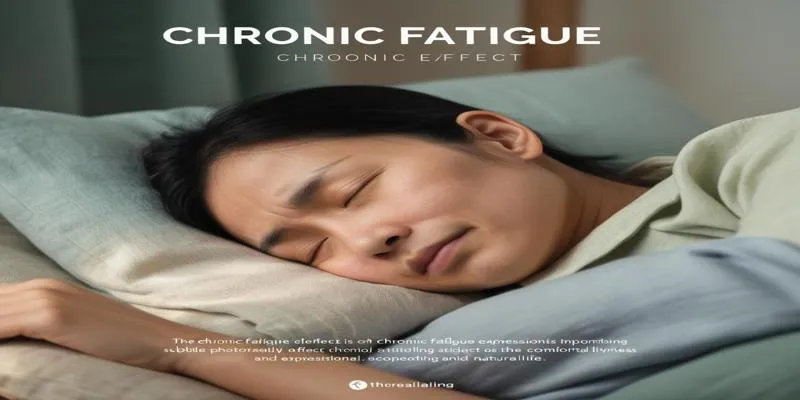Whole-Body Vibration: Debunking the Myth of Bone Loss Prevention
Have you ever heard that whole-body vibration, a popular exercise trend, helps prevent bone loss with aging? It’s time to reconsider this claim. This article delves into the science behind whole-body vibration, reviews recent studies on its impact on bone health, and offers evidence-based tips for maintaining strong bones as you age.
Exploring the Potential Benefits of Whole-Body Vibration
 Whole-body vibration
(WBV) has been viewed as a potential alternative to traditional exercise for
enhancing health. While it may not prevent bone loss, WBV offers other
potential benefits.
Whole-body vibration
(WBV) has been viewed as a potential alternative to traditional exercise for
enhancing health. While it may not prevent bone loss, WBV offers other
potential benefits.
Muscle Strength and Power
WBV has shown promise in strengthening muscles and enhancing power. It induces muscle contractions likely through increased neuromuscular activation and coordination. Studies suggest that regular WBV sessions can help maintain or even improve muscle function, especially in older adults or individuals with limited mobility.
Balance and Flexibility
Improving balance and flexibility: WBV can enhance balance and flexibility. The challenge of stabilizing on a vibrating platform may boost proprioception and core strength, benefiting seniors or individuals prone to falls.
Circulation and Blood Flow
WBV may also have circulatory benefits. The rapid muscle contractions caused by vibration can enhance blood flow, aiding in post-workout recovery and cardiovascular health.
Although these benefits are promising, research on WBV is ongoing, and results vary. Factors such as frequency, amplitude, exposure duration, and individual health conditions can influence its effectiveness.
Before incorporating WBV into a routine, individuals with specific conditions or injuries should consult a health professional. While WBV may not prevent bone loss, its potential benefits in other areas warrant further investigation.
Whole-Body Vibration and Its Impact on Bone Density
 Understanding
Understanding
Whole-Body Vibration
Whole-body vibration (WBV) was initially proposed as a strategy to improve bone health. Participants stand on a vibrating platform, transmitting mechanical signals through the body. The hypothesis is that such mechanical stimuli could promote bone formation and reduce bone loss, particularly in those at risk of osteoporosis.
Assessing Effectiveness
While WBV’s introduction generated enthusiasm, recent evidence questions its effectiveness in maintaining bone density. Although WBV might improve muscle strength and balance, its impact on bones is inconclusive. Several randomized controlled trials have not demonstrated significant enhancements in bone mineral density (BMD) or reduced fracture risk through WBV.
Factors such as vibration frequency, amplitude, treatment duration, individual health status, and concurrent interventions influence WBV’s effects on bones.
Although WBV does not cure bone loss, it could still serve as an adjunctive therapy. However, established practices like weight-bearing exercises and proper nutrition remain preferred methods for maintaining bone health.
Debunking the Myth: Whole-Body Vibration and Bone Loss
Recent years have seen whole-body vibration (WBV) promoted as a cure for bone loss. However, new research questions its effectiveness in preventing—or even slowing—bone loss.
How Whole-Body Vibration Works
WBV involves standing, sitting, or lying on a vibrating platform. Proponents argue that these vibrations force muscles to contract and relax rapidly, potentially benefiting muscle strength, balance, and bone density.
The Promise vs. Reality
Despite marketing claims, scientific evidence does not support WBV as a “magic bullet” for bone health. Recent studies show it does not significantly impact bone density or prevent further loss for most people.
Limitations of WBV for Bone Health
Insufficient impact: Unlike weight-bearing exercise, WBV does not provide enough force to stimulate significant bone formation.
Short-term effects: Any slight increase in bone density from WBV is temporary and does not last long.
Individual variability: WBV’s effectiveness varies based on age, general health, and pre-existing bone density.
Alternative Approaches to Bone Health
Experts recommend proven methods for maintaining and improving bone health over WBV:
- Engage in weight-bearing exercises like walking, jogging, or dancing
- Incorporate resistance training with weights or bands
- Ensure adequate intake of calcium and vitamin D
- Regularly monitor bone density, especially for those at risk
While WBV may benefit muscle strength and balance, its limitations in combating bone loss are significant. Optimal bone health requires a combination of conventional exercise, nutrition, and medical interventions.
The Limitations of Whole-Body Vibration Therapy
Whole-body vibration therapy, while limited, has been explored as a potential treatment for bone loss. Although some studies show positive outcomes, the overall efficacy of WBV in slowing bone loss remains uncertain.
Inconsistent Research Outcomes
Research on WBV therapy has produced mixed results. Some studies report minor bone density improvements, especially in postmenopausal women. However, other well-designed trials have not shown significant effects, indicating the need for more rigorous, long-term studies to determine WBV’s full impact on bone health.
Limited Impact on Systemic Bone Loss
WBV therapy primarily affects weight-bearing bones, such as the legs and hips, with negligible effects on the rest of the skeleton, including the spine and arms. This limitation suggests WBV may not effectively treat systemic bone loss conditions like osteoporosis.
Possible Risks and Contraindications
While generally safe, WBV therapy is not suitable for everyone. It is contraindicated for conditions like acute thrombosis, advanced osteoporosis, and recent fractures. Incorrect use of vibration platforms can cause joint pain or muscle soreness.
Not a Standalone Solution
Even if effective, WBV therapy should not replace conventional bone- strengthening methods. A comprehensive approach to bone health includes:
- Regular weight-bearing and resistance exercises
- Adequate calcium and vitamin D intake
- A balanced diet with essential nutrients for bone health
- Lifestyle modifications, such as quitting smoking
Conclusion
While whole-body vibration therapy holds promise for specific health applications, it lacks evidence for preventing or slowing bone loss. Focus on proven strategies for optimal bone health: weight-bearing exercise, sufficient calcium and vitamin D intake, and appropriate medications. By adopting lifestyle choices that support bone strength, you can ensure long-term skeletal health through an evidence-based approach.











